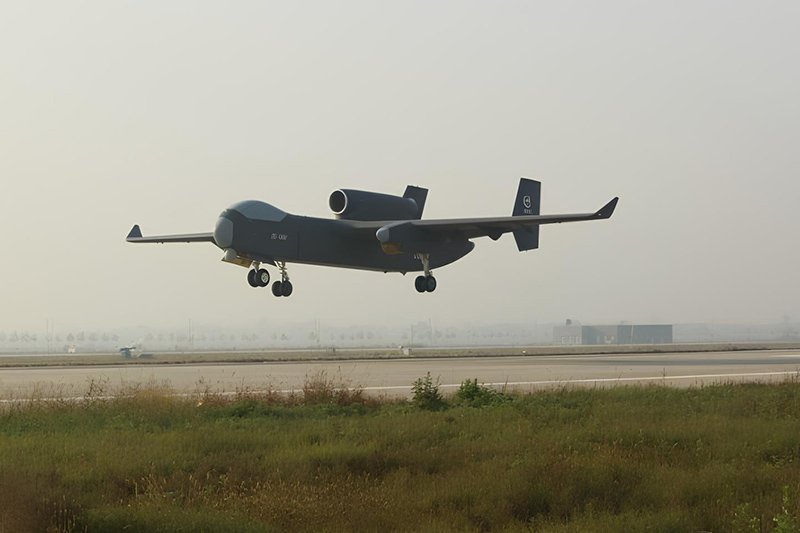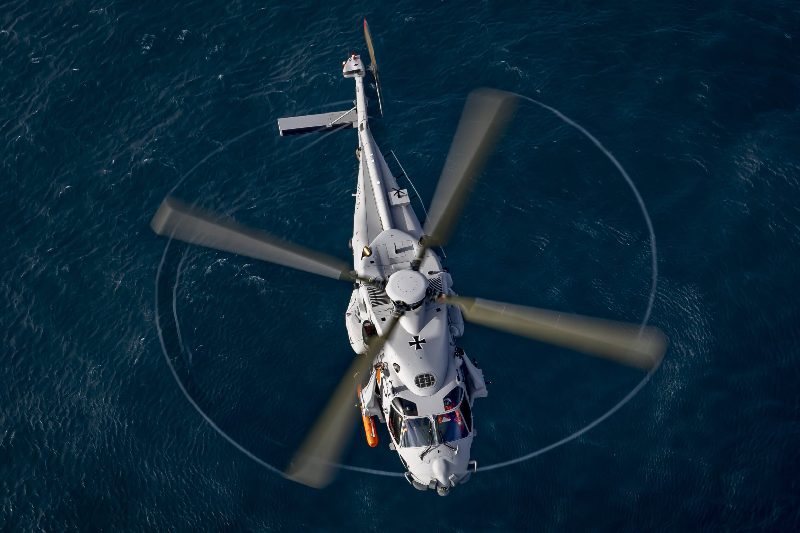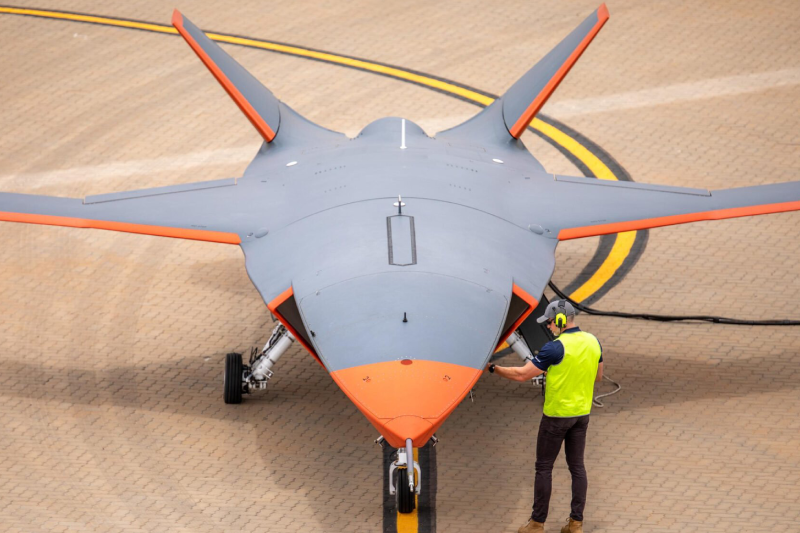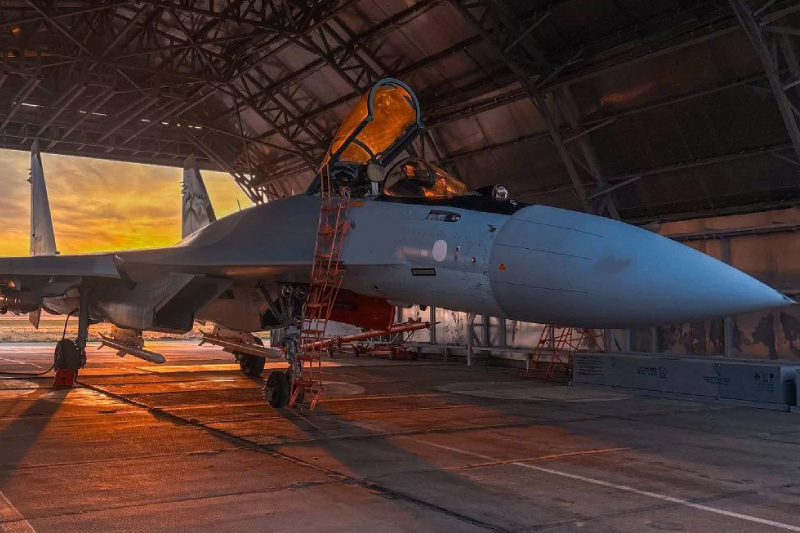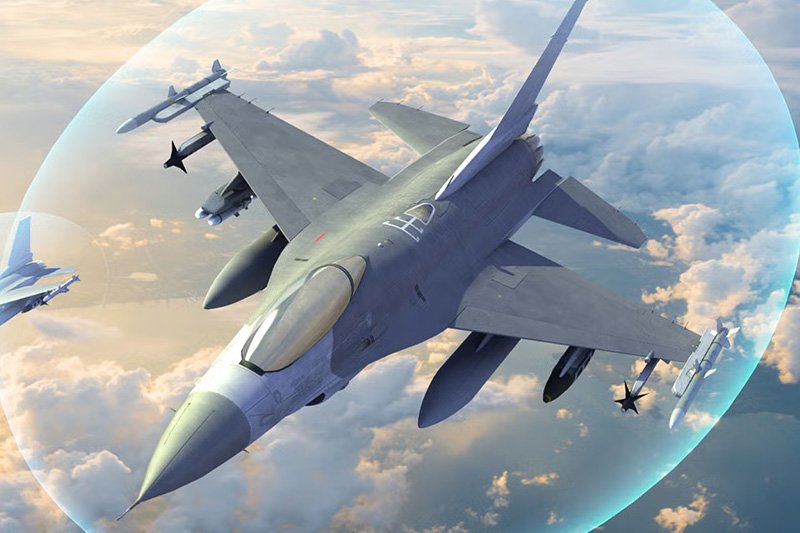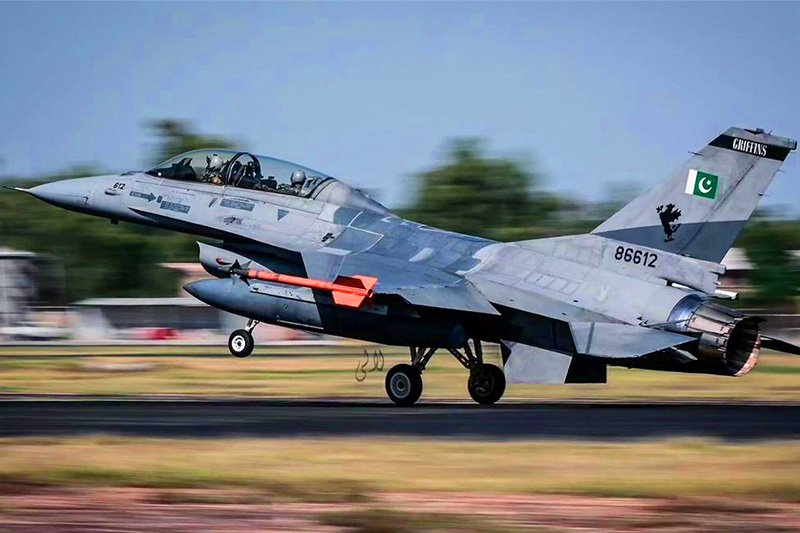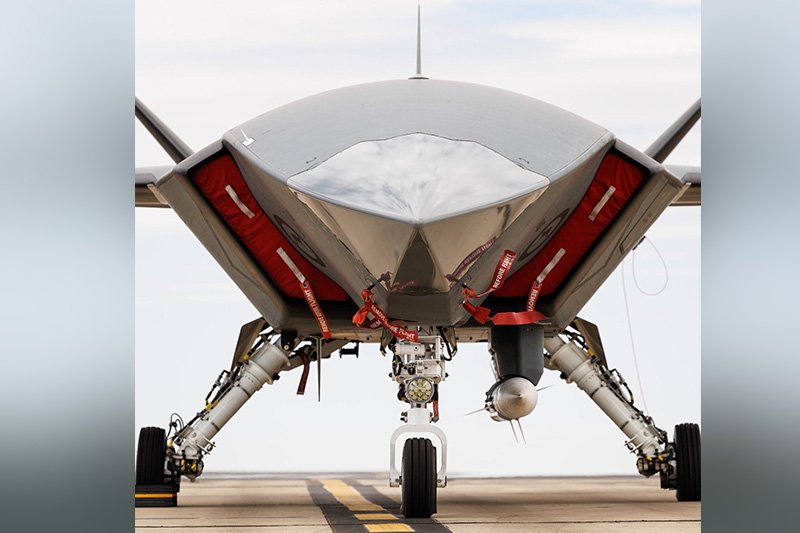The KJ-600 Made Its Debut at the September Military Parade
The September military parade marked a historic moment in Chinese naval aviation with the debut appearance of the KJ-600 carrier-based early warning aircraft. This milestone represents China’s entry into the elite circle of nations capable of operating sophisticated fixed-wing early warning aircraft from aircraft carriers, fundamentally transforming the People’s Liberation Army Navy’s power projection capabilities.
KJ-600: China’s Strategic Naval Aviation Achievement
The KJ-600’s parade debut signifies more than just another aircraft unveiling. This advanced early warning platform represents China’s technological maturation in one of the most challenging aspects of carrier aviation. Fixed-wing carrier-based early warning aircraft require extraordinary engineering expertise, combining the complexities of carrier operations with sophisticated radar and command systems.
The KJ-600 demonstrates China’s commitment to developing a blue-water navy capable of operating far from its shores. Unlike helicopter-based early warning systems, fixed-wing platforms like the KJ-600 offer superior endurance, range, and radar coverage, making them indispensable for modern carrier strike groups operating in contested environments.
Critical Role of Fixed-Wing Carrier-Based Early Warning Aircraft
Fixed-wing carrier-based early warning aircraft serve as the nervous system of modern aircraft carriers, functioning as crucial force multipliers that extend the carrier’s operational awareness far beyond the horizon. These sophisticated platforms operate as airborne command posts, providing comprehensive situational awareness that enables carrier strike groups to detect, track, and engage threats at maximum range.
The strategic importance of carrier-based early warning aircraft cannot be overstated in modern naval warfare. They provide early warning capabilities that allow carrier air wings to position defensive and offensive assets optimally, maximizing the effectiveness of the entire carrier battle group. Without these airborne sentries, aircraft carriers become vulnerable to surprise attacks and lose much of their operational effectiveness in contested maritime environments.
Early warning aircraft serve as the cornerstone of modern carrier operations, providing the extended radar coverage necessary for effective fleet defense. They enable carrier commanders to see beyond the horizon, detecting incoming threats while they are still far enough away to mount effective defensive responses. This extended detection capability is what transforms a carrier from a vulnerable target into a formidable strategic weapon system.
Command and Control Battle Management Capabilities
The KJ-600’s advanced C2BM (Command and Control, Battle Management) capabilities represent a quantum leap in Chinese naval aviation technology. These systems transform the aircraft from a passive sensor platform into an active command node capable of coordinating complex multi-platform operations across vast oceanic expanses.
Modern carrier-based early warning aircraft like the KJ-600 function as airborne battle management centers, capable of simultaneously tracking hundreds of targets while coordinating defensive and offensive responses. Their C2BM capabilities allow them to direct fighter aircraft to intercept threats, guide surface-to-air missile engagements, and coordinate with other naval and air force assets to create integrated defense networks.
The integration of advanced C2BM systems makes these aircraft indispensable for modern naval operations. They can process vast amounts of sensor data, prioritize threats, and distribute critical information to all elements of the carrier strike group in real-time. This capability transforms individual ships and aircraft into components of a unified fighting system, dramatically multiplying the combat effectiveness of the entire force.
Command and control functions extend beyond mere threat detection and engagement coordination. These aircraft serve as communication relays, extending secure communications networks across ocean basins and enabling coordinated operations between widely separated forces. Their elevated position and powerful communication systems make them ideal platforms for maintaining command connectivity in electronic warfare environments.
Global Context: Standard Equipment for Major Naval Powers
The KJ-600’s debut places China firmly among the world’s premier naval powers, as fixed-wing carrier-based early warning aircraft represent standard equipment for major nations operating aircraft carriers. Only a handful of countries possess the technological capability and operational expertise necessary to develop and deploy these sophisticated platforms effectively.
The United States Navy operates the E-2 Hawkeye series, which has served as the gold standard for carrier-based early warning aircraft for decades. The E-2D Advanced Hawkeye represents the current state of American carrier aviation early warning technology, providing unmatched radar coverage and battle management capabilities. The development of the KJ-600 demonstrates China’s determination to achieve technological parity with American carrier aviation capabilities.
France operates the E-2C Hawkeye from its nuclear-powered aircraft carrier Charles de Gaulle, highlighting the universal recognition among major naval powers that fixed-wing early warning aircraft are essential for effective carrier operations. The French experience with carrier-based early warning operations provides valuable insights into the operational challenges and benefits of these complex systems.
The British Royal Navy, despite its long carrier aviation heritage, currently relies on helicopter-based early warning systems aboard its Queen Elizabeth-class carriers. This limitation significantly reduces the early warning coverage and endurance compared to fixed-wing platforms, illustrating the technological and operational advantages that the KJ-600 provides to Chinese carrier operations.
Strategic Implications of the KJ-600 Debut
The KJ-600’s appearance at the September military parade carries profound strategic implications for regional and global naval balance. This aircraft represents China’s growing confidence in its carrier aviation capabilities and signals its intention to operate aircraft carriers as genuine power projection platforms rather than merely coastal defense assets.
The deployment of advanced early warning aircraft like the KJ-600 enables Chinese aircraft carriers to operate effectively in contested environments far from Chinese shores. This capability transforms Chinese carriers from vulnerable targets requiring extensive land-based air support into self-sufficient strategic weapons capable of independent operations across the world’s oceans.
Regional powers must now reconsider their naval strategies in light of China’s enhanced carrier capabilities. The KJ-600’s advanced sensors and battle management systems provide Chinese carrier strike groups with unprecedented situational awareness, making them formidable opponents in any potential maritime conflict scenario.
Technological Achievement and Engineering Excellence
The successful development of the KJ-600 represents a remarkable technological achievement that required overcoming numerous engineering challenges. Carrier-based early warning aircraft must combine the demanding requirements of carrier operations with sophisticated radar and electronic warfare systems, creating unique design constraints that test the limits of aerospace engineering.
The aircraft must be capable of catapult launches and arrested landings while carrying sensitive electronic equipment that can withstand the extreme forces associated with carrier operations. The folding wing design necessary for carrier deck operations adds complexity to the aircraft’s structure while maintaining the large wing area required for efficient radar antenna performance.
Power generation and management systems aboard the KJ-600 must be extraordinarily robust to support the massive electrical demands of advanced radar and electronic warfare systems. These requirements far exceed those of conventional carrier aircraft, necessitating specialized solutions that demonstrate Chinese mastery of complex aerospace systems integration.
Operational Capabilities and Performance Parameters
While specific performance parameters of the KJ-600 remain classified, its appearance and configuration provide insights into its operational capabilities. The aircraft appears optimized for extended endurance missions, with a design that prioritizes fuel efficiency and sensor performance over speed or maneuverability.
The KJ-600’s radar dome configuration suggests sophisticated phased-array or mechanically scanned radar systems capable of detecting and tracking targets at extreme ranges. Modern carrier-based early warning aircraft typically provide radar coverage extending several hundred kilometers from the aircraft, dramatically expanding the carrier’s defensive perimeter.
Endurance capabilities are critical for early warning aircraft operations, as these platforms must maintain continuous airborne coverage to provide effective fleet protection. The KJ-600’s design suggests optimization for missions lasting many hours, ensuring that carrier strike groups maintain constant early warning coverage during critical operations.
Integration with Chinese Carrier Operations
The KJ-600’s debut coincides with China’s expanding carrier fleet and growing expertise in carrier operations. The aircraft is designed to operate from China’s existing and planned aircraft carriers, including the Liaoning, Shandong, and future carriers featuring electromagnetic catapult systems.
Integration of the KJ-600 into Chinese carrier air wings requires extensive training and operational development. Carrier-based early warning aircraft operations are among the most challenging in naval aviation, requiring specialized procedures for launch, recovery, and mission execution that differ significantly from land-based operations.
The KJ-600’s operational integration will significantly enhance the effectiveness of Chinese carrier air wings, providing the battle management and early warning capabilities necessary for effective multi-mission operations. This integration transforms Chinese carriers from limited-capability platforms into comprehensive power projection systems comparable to those operated by major naval powers.
Future Developments and Modernization
The KJ-600’s debut at the September military parade likely represents the initial operational variant of what will undoubtedly become an evolving family of carrier-based early warning and battle management aircraft. Future variants may incorporate additional capabilities, improved sensors, and enhanced electronic warfare systems as Chinese technology continues advancing.
Continuous modernization programs will likely enhance the KJ-600’s radar performance, extend its operational range, and improve its integration with other naval and air force systems. These improvements will maintain the aircraft’s effectiveness against evolving threats and ensure its continued relevance throughout its operational life.
The success of the KJ-600 program may encourage China to develop additional specialized carrier-based aircraft variants, including electronic warfare platforms, airborne command posts, and other specialized mission aircraft that leverage the same basic airframe and systems architecture.
Global Naval Aviation Implications
The KJ-600’s debut has significant implications for global naval aviation development and maritime security dynamics. Other nations operating or developing aircraft carriers must now consider the enhanced capabilities that Chinese carrier strike groups will possess with effective early warning aircraft support.
Allied and partner nations may need to accelerate their own carrier aviation modernization programs to maintain competitive advantages over Chinese naval forces. The KJ-600’s capabilities may influence procurement decisions for early warning aircraft, carrier modifications, and integrated defense systems across multiple nations.
The proliferation of advanced carrier-based early warning capabilities may influence the development of new anti-ship weapons and tactics specifically designed to counter these force multipliers. Future maritime conflicts may see increased emphasis on targeting early warning aircraft as high-priority threats to carrier operations.
Also read this: China’s New Weapons at the Military Parade 2025
A New Chapter in Chinese Naval Aviation
The KJ-600’s debut at the September military parade represents a watershed moment in Chinese naval aviation development and a significant milestone in China’s emergence as a global naval power. This sophisticated early warning aircraft provides Chinese aircraft carriers with the critical capabilities necessary for effective power projection operations in contested maritime environments.
The successful development and deployment of the KJ-600 demonstrates China’s technological maturation in one of the most challenging aspects of carrier aviation. Fixed-wing carrier-based early warning aircraft require extraordinary engineering expertise and operational sophistication, capabilities that only the world’s most advanced naval powers have previously possessed.
As the KJ-600 enters operational service with Chinese carrier air wings, it will fundamentally transform the People’s Liberation Army Navy’s power projection capabilities and strategic reach. The aircraft’s advanced early warning and battle management capabilities provide Chinese carriers with the situational awareness and command coordination necessary for independent operations across the world’s oceans.
The strategic implications of the KJ-600’s deployment extend far beyond Chinese naval capabilities, influencing regional security dynamics and global naval aviation development. As this remarkable aircraft begins its operational career, it marks the beginning of a new chapter in Chinese naval aviation and China’s evolution into a true blue-water naval power capable of projecting force across global maritime domains.
Keep connected with us at Facebook, Twitter, YouTube, Instagram & TikTok for latest defense happening around the globe.
Discover more from International Defence Analysis
Subscribe to get the latest posts sent to your email.


